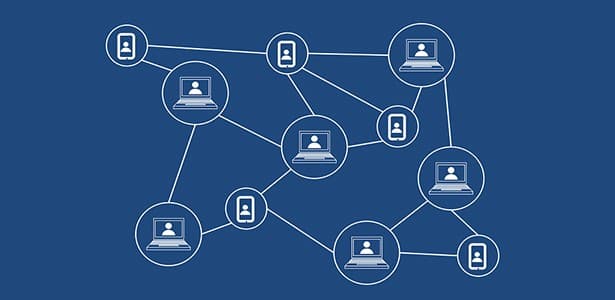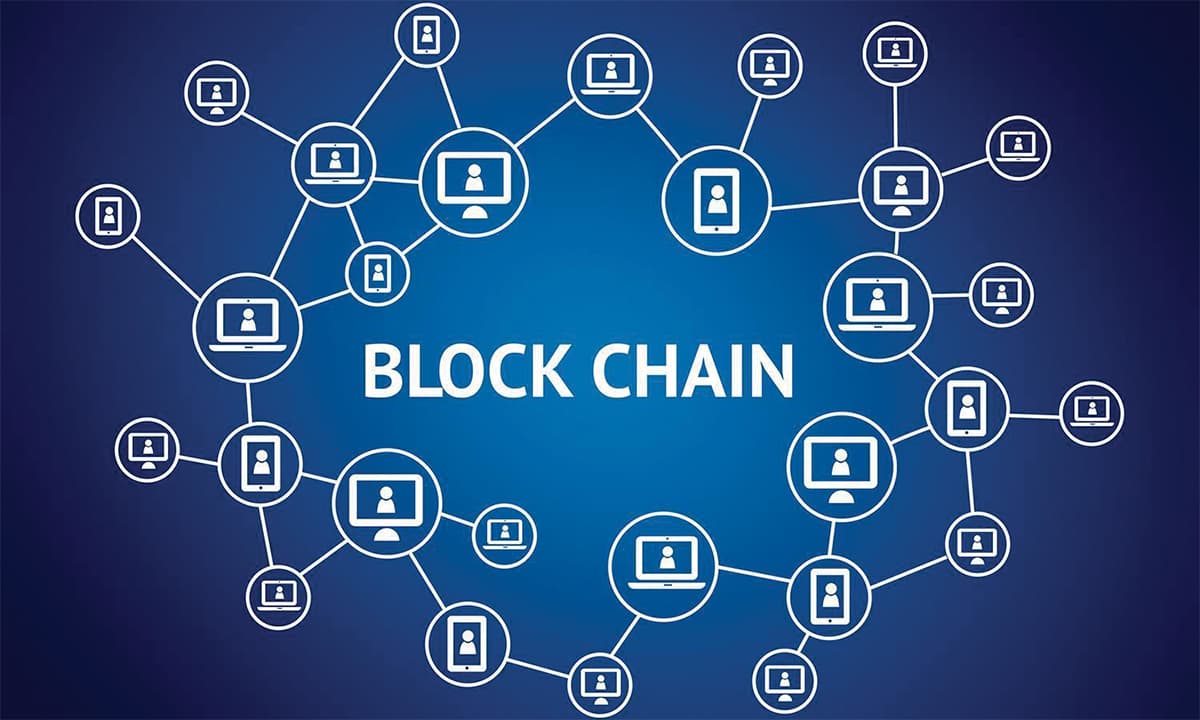The decentralisation of blockchain is changing the online environment. This innovative technology gives all network members equal authority to check and log information by removing it from the control of centralised authorities. This strategy portends major improvements in a number of areas, such as data management and finance. In addition, it improves system security and dependability while radically changing the norms of communication and trust in the digital sphere.
What does decentralization mean?
Blockchain technology is based on the decentralisation principle, which is revolutionising traditional approaches to data management and storage. There is no one central body in charge of all the data in a decentralised blockchain network. Rather, the information is replicated and dispersed among numerous nodes, overseen by diverse autonomous entities.
Principles of decentralized systems:
- Data dissemination: Each node in the network has a complete copy of the blockchain, which greatly increases data reliability and accessibility. The network will not lose any data if one or more nodes encounter problems.
- Consensus mechanisms: Blockchain technologies use protocols like Proof of Work or Proof of Stake to authenticate transactions rather than relying on a single central authority. These techniques strengthen the system’s security and make unauthorised changes more difficult because they need specific node activities in order to validate transactions.
- Transparency of Transactions: Since each transaction is sent to every network node and recorded into a block, it is transparent and verifiable. This increases openness and user confidence while also making it far more difficult to perpetrate fraud or make numerous payments.
The advantages of decentralisation
- Attack resilience: To compromise the system, an attacker needs to target many nodes simultaneously, which is practically impossible given their disparate geographic and legal positions.
- Not even one weak area The blockchain’s distributed architecture ensures that the failure of a single node won’t cause the system to collapse.
- Transparency and verifiability: Each transaction can be traced back to and independently verified by any other member of the network, promoting a high degree of confidence and collaboration.
How decentralization is changing approaches to security
The way security is viewed in modern technical frameworks is being profoundly altered by decentralisation, particularly in the context of blockchain technology. The foundation of blockchain architecture is this fundamental idea, which improves security in a number of ways.
Algorithms for Consensus
A key component of blockchain technology security are consensus mechanisms. They ensure that everyone on the network is in agreement on the distributed ledger’s present state and the transactions’ chronological order. Let’s examine these two primary categories of algorithms:
- Proof of Work (PoW): Users, referred to as miners, must solve challenging mathematical puzzles in order to validate a transaction block and add it to the blockchain. Collaborating on this task would be economically unfeasible due to the substantial computational resources required.
- Proof of Stake (PoS): Owners of tokens promise to use their belongings as collateral to get permission to validate blocks. The more stakes a participant has, the more likely it is that they will be chosen to confirm transactions. Because the fraudster runs the risk of losing their collateral if it is uncovered, the cost of the scheme goes up.
Methods used in cryptography
Blockchain protects data and privacy with cutting-edge encryption techniques:
- Hashing: The blockchain stores a distinct hash of every block that has come before it, forming an unbreakable chain. Any alteration to a block will result in a change to its hash, making efforts at manipulation readily identifiable.
- Digital signatures: The sender’s private key is used to sign transactions, ensuring their legitimacy and preventing transaction authorship from being disputed without the private key.
The effect of decentralisation on establishing credibility
Users of blockchain technology, who are often dispersed throughout the world and unable to personally verify each other’s dependability, depend on decentralisation to build confidence. This technological feature has a wide range of applications, particularly in cutting-edge fields like decentralised financial services (DeFi) and smart contracts.
Smart contracts and trust
Contractual definitions define smart contracts as programmes that automatically execute, control, or log legally significant events and actions. They guarantee that agreements are upheld without the chance of fraud or error and do away with the necessity for middlemen like banks and solicitors. Important facets of how smart contracts affect trust-building include:
- Automation: Because smart contracts operate automatically after they are set up and without additional human intervention, they reduce the chance of human error.
- Immutability: The terms of a smart contract are unchangeable once they are activated, ensuring that the terms of the transaction don’t change.
- Transparency: Every provision in the agreement and every action is transparent and available for review by any network participant.

Trust and Decentralised Finance (DeFi)
DeFi is an ecosystem for financial services that is fully powered by blockchain technology and functions without the assistance of conventional financial intermediaries like banks. Lending, insurance, asset trading, and other areas are included in this. DeFi’s decentralised features are essential for fostering trust.
- Eliminating middlemen from financial transactions lowers transaction costs and lowers the possibility of fraud and abuse.
- Financial services accessibility: A wide spectrum of people, including those who were previously shut out of the traditional financial system, can now access financial services thanks to DeFi.
- Self-management of funds: Users have more faith in the system since they have direct control over their assets and transactions and are not dependent on middlemen.
Examples of blockchain applications that are decentralised
Blockchain technology and decentralisation are transforming a number of industries by providing more effective means of accelerating procedures and improving transparency. This approach improves data security, streamlines transactions, and tackles specific issues in a variety of industries.
- Finance: Blockchain drastically reduces transaction time and expense, as well as fraud and error risks in the banking industry. This is accomplished by automating the transaction processes and doing away with middlemen like banks and other financial organisations.
- Logistics: Blockchain technology is being used by the logistics sector to provide an open and trustworthy system for tracking the movement of products. By using a distributed ledger, the likelihood of loss, theft, and counterfeiting is decreased because all participants in the supply chain can track products in real time.
- Healthcare: Blockchain offers a safe space for the interchange and archiving of medical data in the healthcare industry. This improves communication between medical professionals, protects patient privacy, and makes it simple for authorised staff to access medical records.
Conclusion
Blockchain technology’s decentralisation creates new possibilities for creating systems that are more dependable, safe, and effective. It is transforming our interactions in several areas of life and providing better ways to attain risk reduction and transparency. But for adoption and adaptation to become widely accepted, a number of factors, such as user education and legal regulation, need to be considered.

